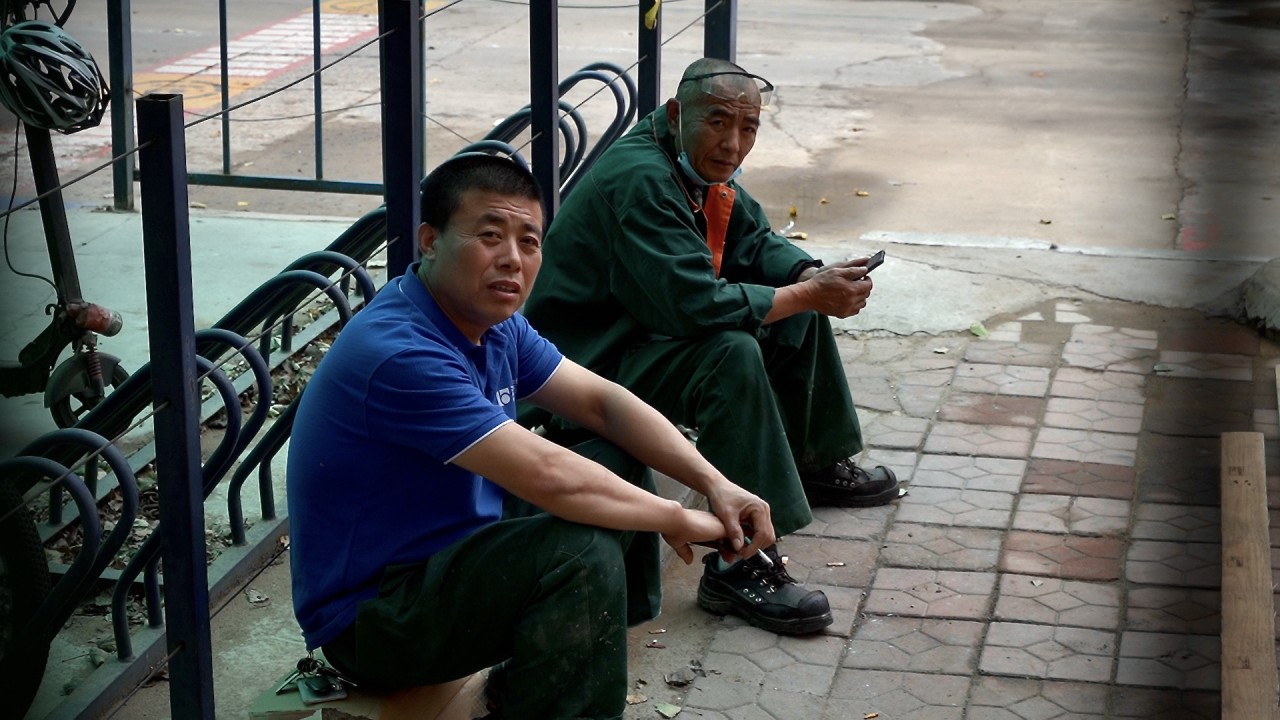
China’s power crisis prompts warning from rust-belt despite efforts to boost coal supply, manage electricity
- Liaoning has the biggest economy and consumes the most power of the three provinces making up China’s rust-belt industrial region
- It has been suffering widespread power cuts since mid-September and it issued its second-highest level power shortage alert on Monday
China’s largest provincial economy in its northeast rust belt warned of worsening power shortages on Monday, despite government efforts to boost coal supply and manage electricity use in a post-pandemic energy crisis hitting multiple countries.
China’s Liaoning province issued its second-highest level power shortage alert on Monday, the fifth in two weeks, warning the shortfall could reach nearly 5 gigawatts (GW).
A level-two alert indicates a power shortage equivalent to 10-20 per cent of total demand for power.
The rebound in global economic activity as coronavirus restrictions are lifted has exposed shortages of fuels used for power generation in China and other countries, leaving industries and governments scrambling as the northern hemisphere heads into winter.
“The biggest power shortage could reach 4.74 gigawatts on October 11,” a notice issued by the Liaoning Provincial Industry and Informatisation Department said.
An order to curb power use had been put in place from 6am on Sunday, it said.
The province also issued level-two alerts for each of the last three days of September, when the daily power shortage reached as much as 5.4GW, leaving hundreds of thousands of households without electricity and forcing industrial plants to suspend production.
China is taking steps to try alleviate the tightness in the domestic coal market, by pushing local mines to increase output
The drop in output from power plants followed tightening supply and skyrocketing prices for coal, used to generate more than 70 per cent of electricity in the region. Wind farms have also been idled due to slow wind speeds. Wind power made up 8.2 per cent of Liaoning’s power generation in 2020.
Analysts and traders say China could face a 12 per cent drop in industrial power consumption during the fourth quarter, as the supply of coal is expected to fall short this winter.
“China is taking steps to try alleviate the tightness in the domestic coal market, by pushing local mines to increase output,” analysts at ING said in a Monday note to clients.

04:01
Chinese manufacturing thrown into disarray as country's electricity crisis rolls on
However, about 60 coal mines in China’s largest coal-mining province Shanxi have been closed and several railway lines disrupted as of Friday, as heavy rain caused flooding. But the Shanxi government has not disclosed how much production capacity those closed mines represent.
“Over 70 per cent of China’s coal-fired power plants are loss-making due to high coal costs,” Citi analysts said in a note on Friday.
“China’s electricity cuts will add to economic stresses, weighing on [gross domestic product] growth for 2022. And the risks to [gross domestic product] forecasts could be larger as disruptions to production and supply chains feed through,” Moody’s Investors Service in a report said.
China’s state planner on Monday said it has been urging power firms to raise coal inventories.
As of Thursday, the number of power plants which had less than seven days stocks of coal stocks for less than seven days of use plunged by 90 per cent from the level in late September, the National Development and Reform Commission said, without disclosing the average coal inventory levels.
The State Council, China’s cabinet, said on Friday that power prices will be allowed to rise by as much as 20 per cent against a benchmark, double the level of the current cap, a move that would make it profitable for electricity producers to boost supply, while also curbing users’ demand.
The pressure for manufacturers to pass on price increases to the downstream is increasing
Nomura Holdings’ chief China economist, Lu Ting, estimates the impact on consumer price index (CPI) could be about 0.4 percentage point, while Michelle Lam, Greater China economist at Societe Generale SA, projects a 0.1 percentage point increase in CPI.
“The pressure for manufacturers to pass on price increases to the downstream is increasing,” said Bruce Pang, head of macro and strategy research at China Renaissance Securities Hong Kong.
Factory inflation is likely to remain elevated in the coming months, with the full-year increase in PPI likely to reach over 9 per cent, he said.
The worsening inflation outlook comes alongside a deterioration in economic growth this year given sluggish consumer demand, tighter property curbs and worsening energy shortages.
Factory inflation, which has picked up sharply this year because of soaring commodity prices, likely surged 10.5 per cent in September, according to a Bloomberg survey of economists ahead of official data on Thursday. That would be the steepest monthly increase since 1995.
Consumer inflation has been benign so far, in part thanks to falling pork prices and greater competition among downstream businesses.
The initial impact of the electricity hikes on consumer inflation will be much smaller than 0.4 percentage point, but price pressures will pass through from industrial and commercial users as time goes on, according to Nomura’s Lu.
China may also export inflation as the disruptions ripple through global supply chains
The price hike could raise power prices for non-agricultural businesses by about 10 per cent, which in turn could add 0.4 percentage points to China’s gross domestic product deflator, or the ratio of nominal GDP over real GDP, he said.
Citigroup analysts led by Tracy Liao warned of a “short period of stagflation” in China because of elevated PPI inflation and growth pressures.
“China may also export inflation as the disruptions ripple through global supply chains,” the analysts wrote in a note on Friday.


